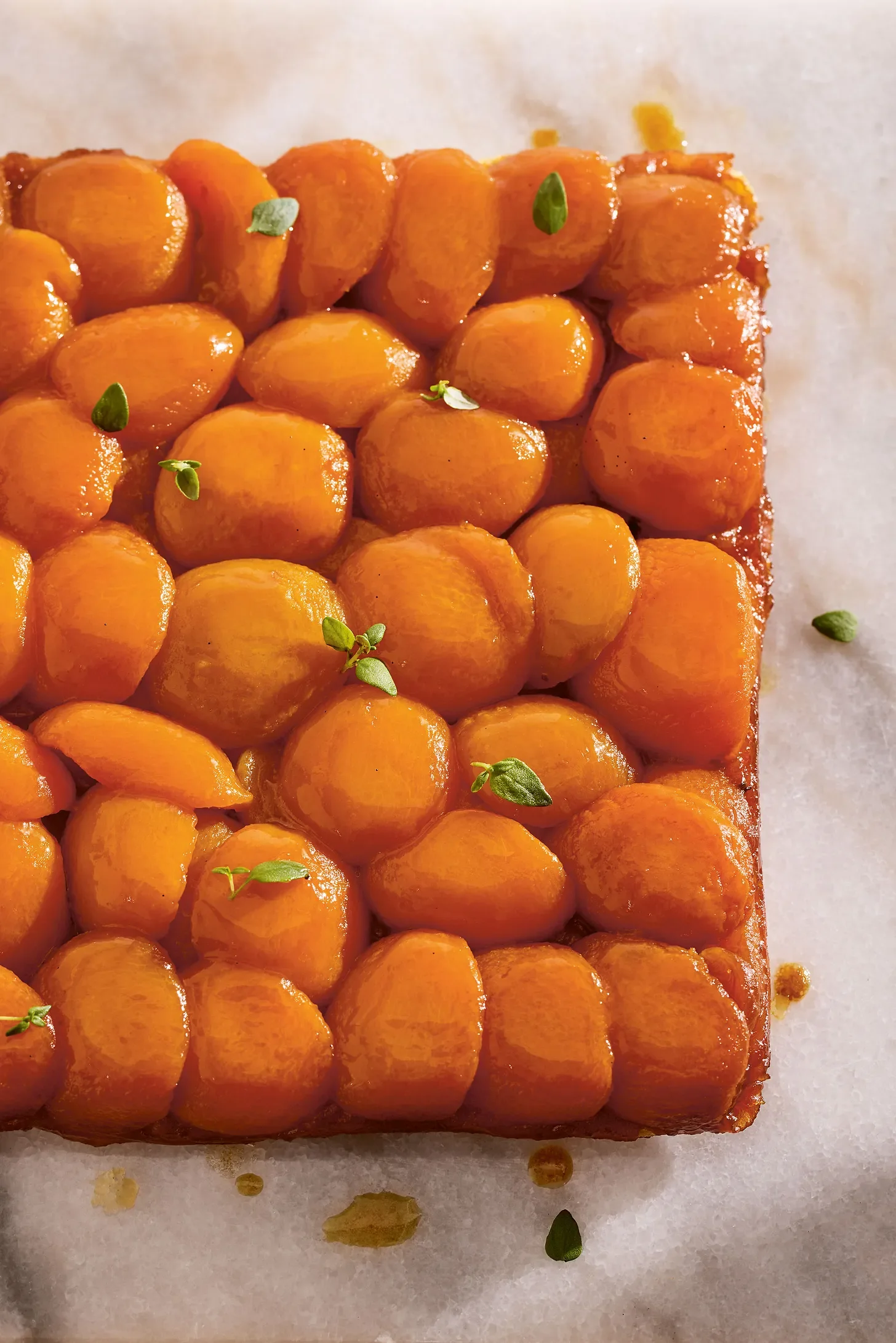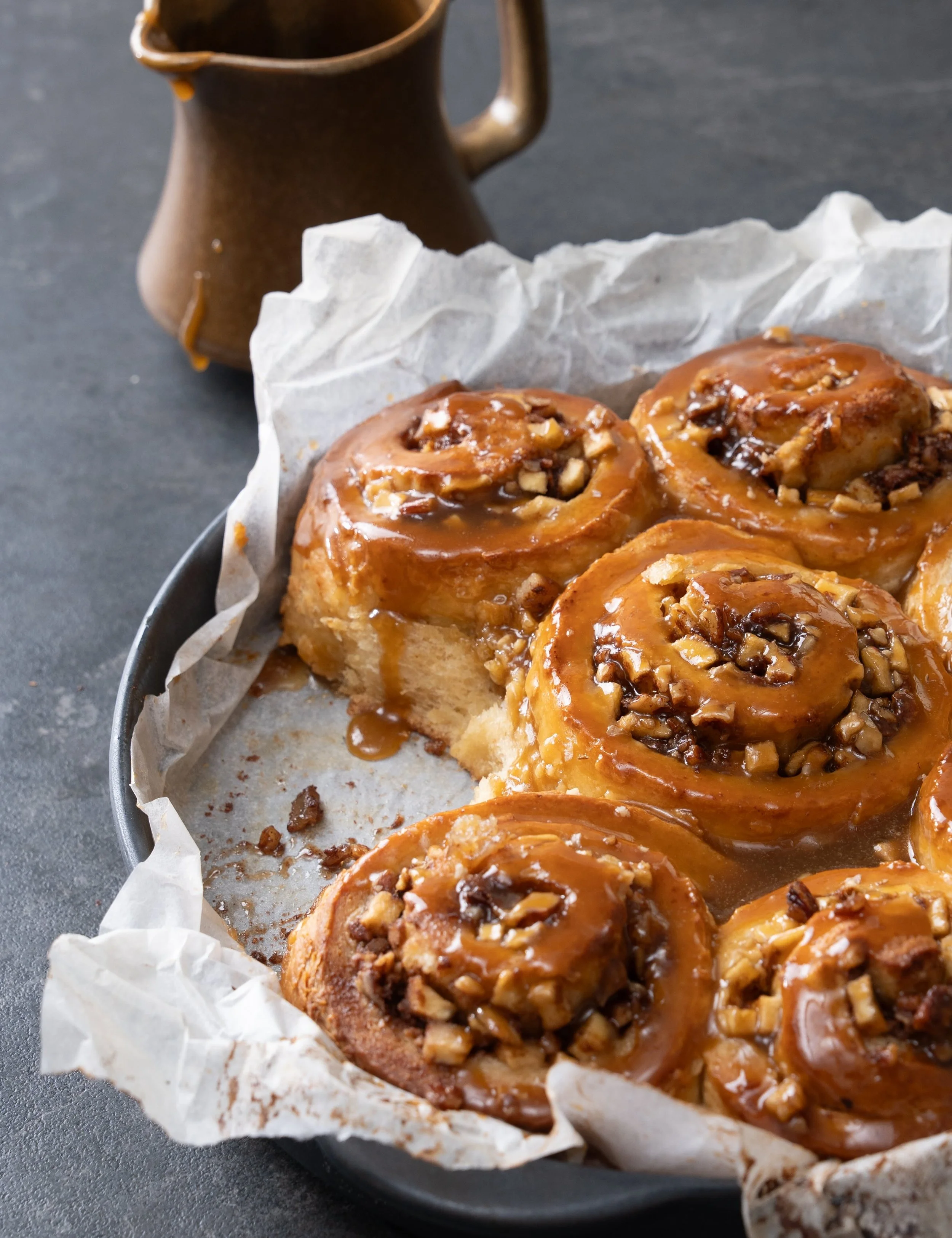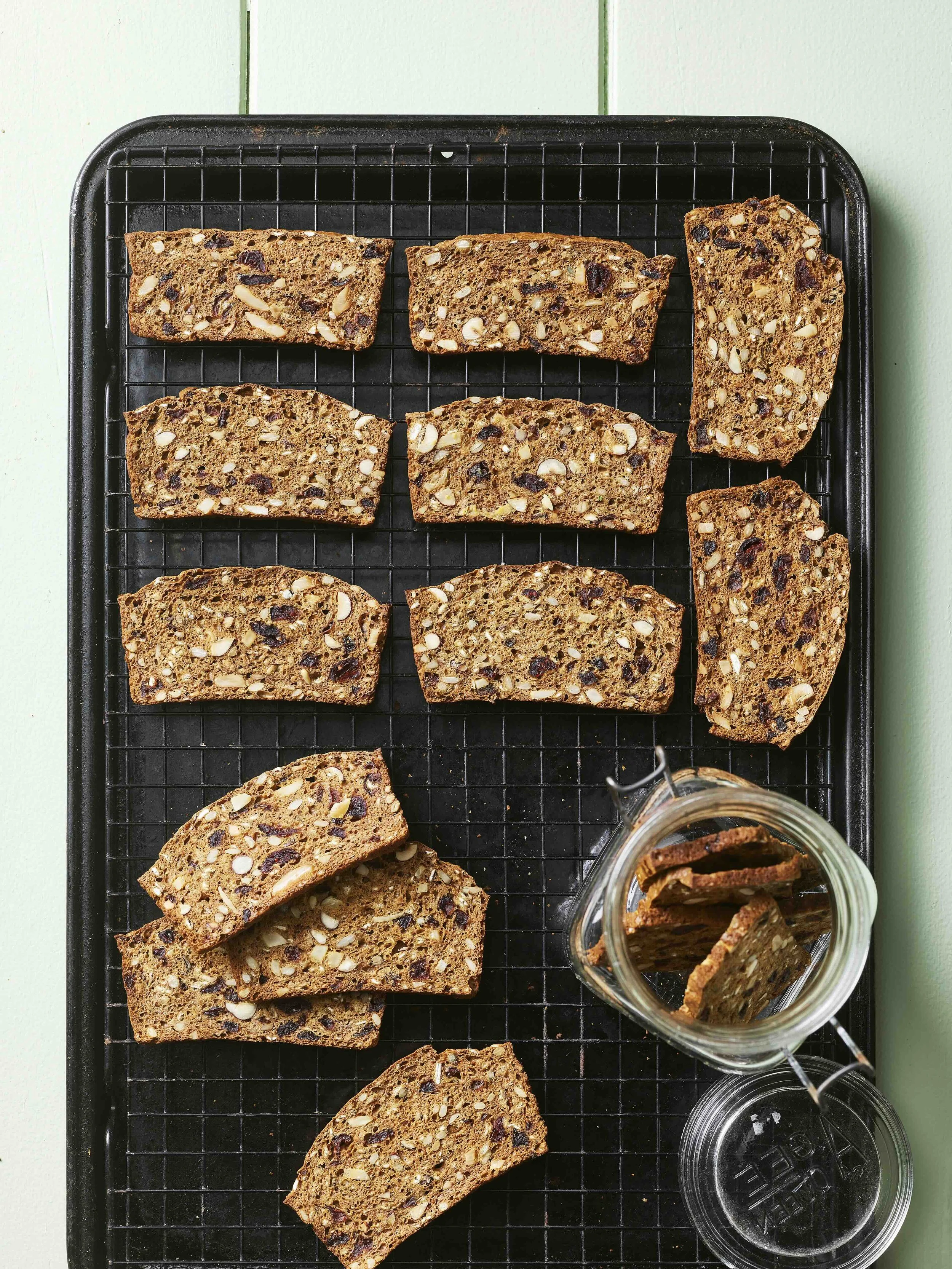American biscuits
We are very energised by the American election shenanigans. Hopelessly addicted to Yankee politics, we’ve found these last few months exhilarating and are so happy the contest is no longer between two old white geezers. We can’t wait to see how it all ends. Oh wait. Maybe we can because it could well be in tears. Whatever. We’re fuelling our binge-watching of the pundits, politicos and general gasbags on the cable networks with batches of these American-style biscuits, in honour of the upcoming face-off between Him and Her. They’re probably too rustic and down-home for The Donald… we imagine he’s more of a layer cake sort of guy – the kind of cake that doesn’t taste of much but is impressively decorated with plenty of flashy gold leaf. Kamala loves to cook apparently and she makes a killer Tuna Melt, so we think these could be more her speed. Go Kamala.
Having never made American biscuits before, we initially imagined they’d be a bit like a scone, but they’re not really. Biscuits are loaded with butter, whereas scones contain relatively little. Some biscuit recipes use a percentage of vegetable shortening (Kremelta by any other name), but we prefer the flavour of all-dairy here. To get that incredible lift, we rolled the dough and gave it a few book folds as if making rough puff or puff pastry – you just roll the dough out into a long rectangle, fold the two ends one over the other as if closing a book from both ends, then turn the whole thing 90° and repeat the rolling and folding process. Called ‘laminating’, this technique effectively builds up alternating layers of fat and dough so that as the dough bakes, the evaporating moisture in the butter creates steam that facilitates a lovely, layered rise. It’s similar to the technique used for croissants and Danish pastries, although for these (and puff pastry too) you make an even layer of actual butter on the dough, and repeat the rolling, folding and turning process 4 or so times, not just 2.
Once your dough is done, you should trim all the edges because if you don’t, the untrimmed, folded edges will not rise. We forgot this step and if you look closely at our biscuits, you might spot the odd edge that has not evenly risen. They still tasted pretty impressive and we enjoyed ours with jam, wonky edges notwithstanding. Unlike a Devonshire tea, these don’t exactly need whipped cream with all that butter going on, but you do you.
Makes 8 large biscuits
450g (3 cups) plain flour
2 tbsp caster sugar, plus extra, for sprinkling (optional)
4 tsp baking powder
¼ tsp baking soda
1 tsp salt
225g chilled unsalted butter, chopped
310ml (1¼ cups) chilled buttermilk, plus extra, for brushing
Preheat the oven to 220°C, fan-forced. Line a baking tray with baking paper.
Combine the flour, sugar, baking powder, baking soda, and salt in a large bowl then whisk to combine well.
Add the butter, then using a pastry blender or your fingertips, work the butter into the flour until the butter is roughly rubbed in and mixture resembles very coarse breadcrumbs; the butter will still be a bit lumpy. Be sure to work quickly to keep the butter as cold as possible. Make a well in the centre and add the chilled buttermilk. Using a fork or a spatula, mix the ingredients until just combined, being careful not to overwork the dough – it should still be slightly sticky but manageable. Turn the dough out onto a lightly floured surface and gently pat it into a rectangle about 32 x 18cm, keeping the ends and edges as straight as you can.
Fold one end of the dough over to the centre so it covers one half of the rolled dough, then fold the remaining half over the cover; you’ll have a fat book shape on top of this. Rotate the dough 90° and roll it out again into a rectangle 32 x 18cm. Repeat the folding once more to create layers that will give the biscuits their rise in the oven. After the final fold, roll out the dough to a rectangle about 4cm thick and 20 x13cm, then cut into 8 even pieces.
Place the biscuits on the lined tray, leaving a few cm between each. If you have time, chill the biscuits for about 30 minutes before baking to help them rise evenly. Brush lightly with buttermilk, sprinkle with sugar, then bake for 12-15 minutes, or until they are golden brown and well risen.











